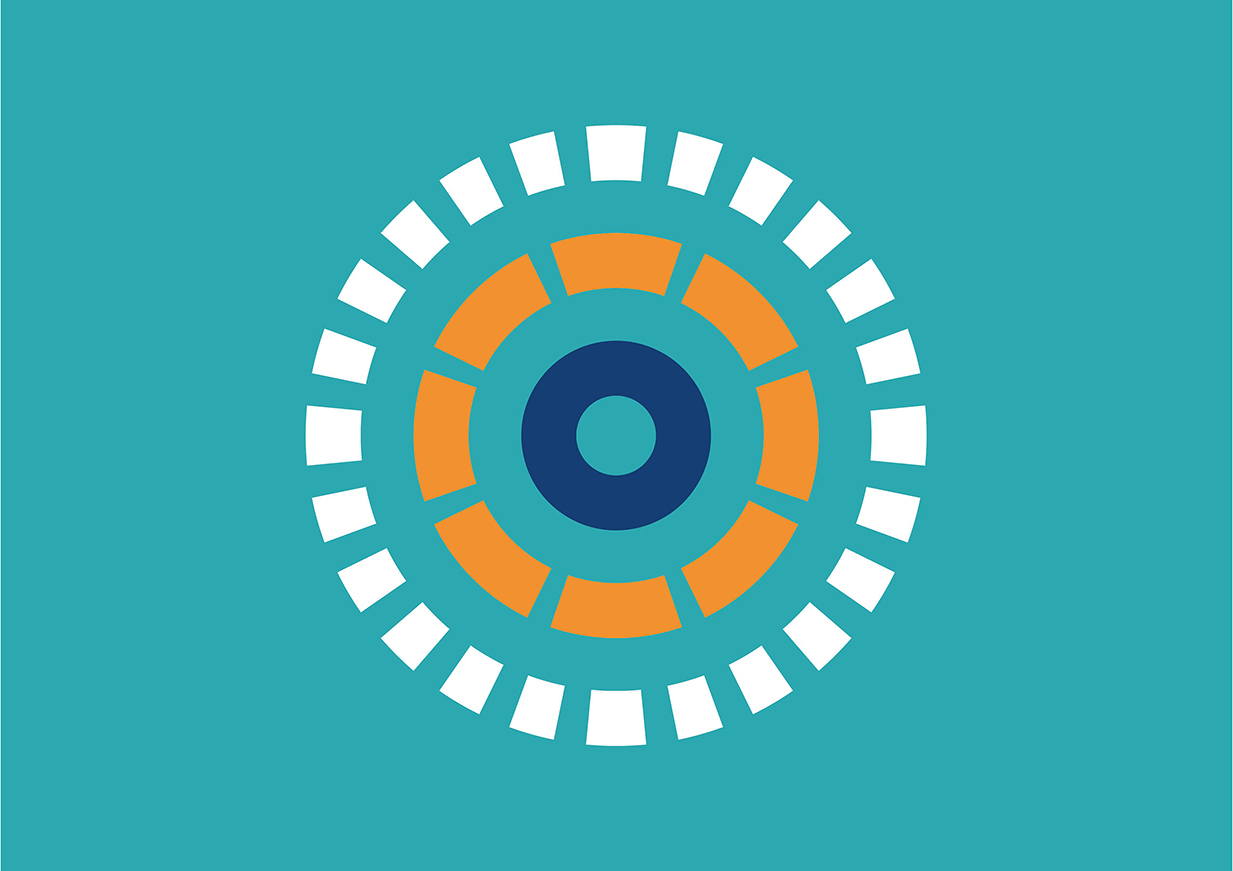Naxitamab in combination with granulocyte macrophage colony stimulation (GM-CSF) is in clinical development for the treatment of patients with relapsed/refractory high risk neuroblastoma. Neuroblastoma is a rare cancer that mostly affects babies and young children. It develops from specialised nerve cells (neuroblasts) in the foetus that do not become mature nerve cells. Instead, they continue to grow and divide becoming cancerous. Relapsed or refractory high risk neuroblastoma has significant effect on children, young people and their families and carers. Existing treatments and procedures for neuroblastoma are painful and debilitating, with severe and long-lasting side effects.
Naxitamab is a type of protein that has been designed to recognise and attach to a specific structure called GD2 that is present in high amounts on the surface of neuroblastoma cells, but not normal cells. Naxitamab attaches to the neuroblastoma cells and activates the immune system, which then kills the cancer cells. If licensed, naxitamab in combination with GM-CSF may provide a treatment option for patients with relapsed/refractory high-risk neuroblastoma.
Naxitamab in combination with granulocyte-macrophage colony stimulation factor for relapsed/refractory high-risk neuroblastoma

Interventions:
Granulocyte-Macrophage Colony Stimulating Factor (GM-CSF; GM-CSF vaccine)
, Naxitamab (Hu3F8; Danyelza)
Indications:
Neuroblastoma
Therapeutic Areas:
Neurological Cancer
Year:
2020